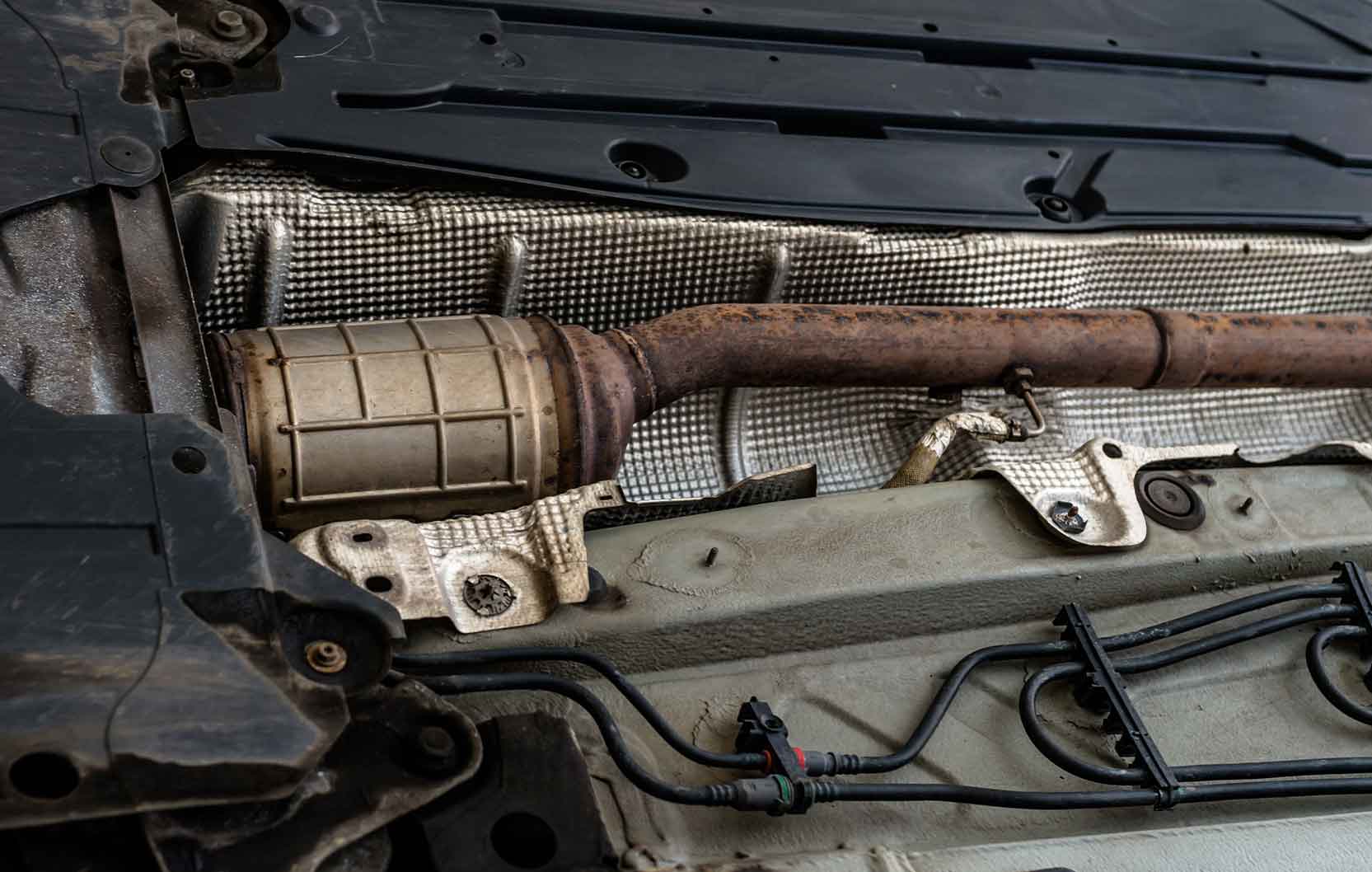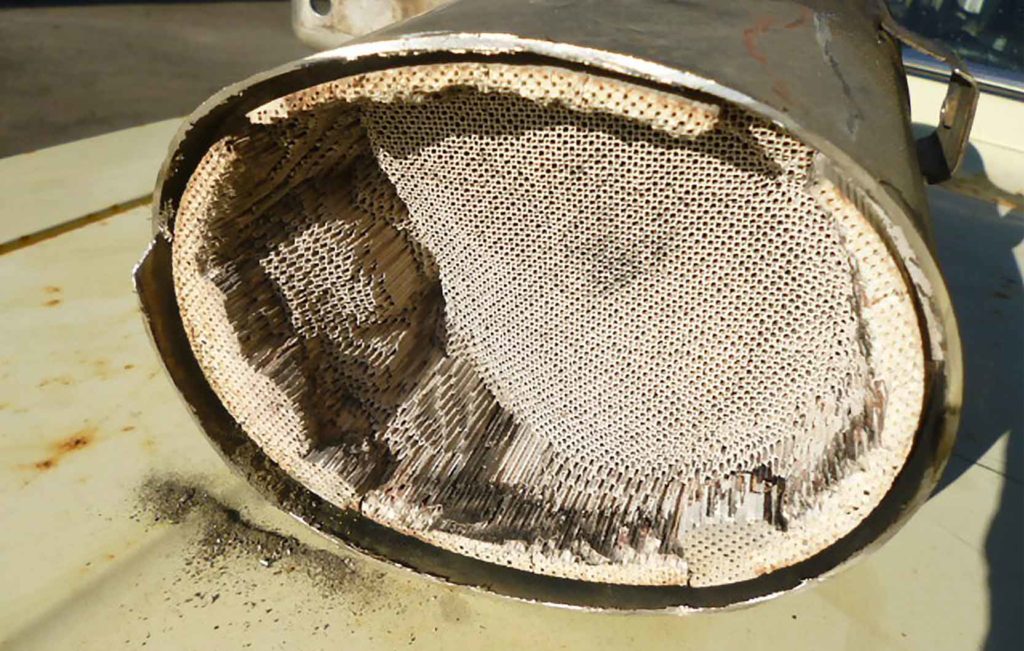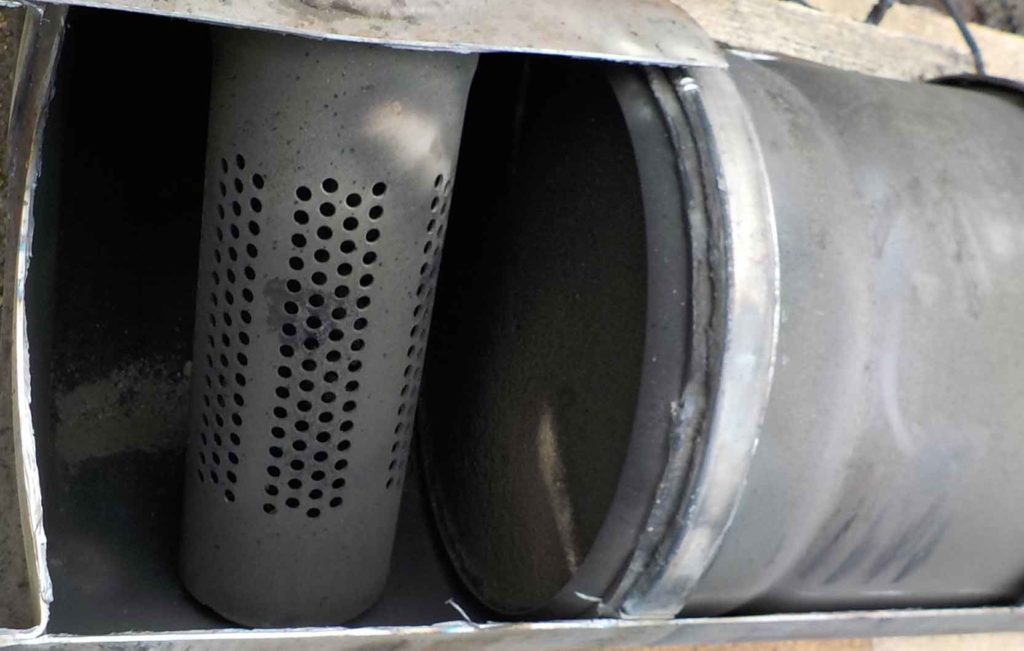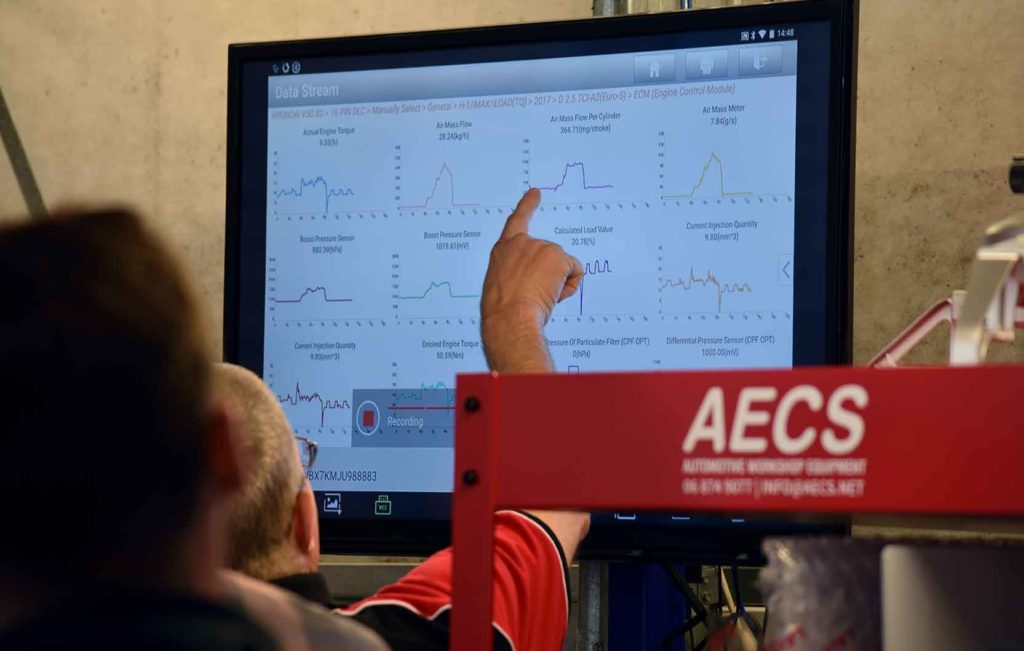PHONE: 06 874 9077 | HOURS: MONDAY-FRIDAY 9AM-5PM
PHONE: 06 874 9077 | HOURS: MONDAY-FRIDAY 9AM-5PM
In this training, we will cover all aspects of Diesel exhaust after treatment, including diagnostics and fault finding using scan tools and scopes. We study Catalytic converters (Cat), Diesel particulate filters (DPF), Selective Catalytic Reductor (SCR), AdBlue dosing and NOx. We will be looking at normal values, failures, regeneration, manual clean and how to spot illegally removed systems etc. This seminar will be hands-on and the theory learnt will be 100% applicable to your workshop.

$844.00 +GST
Prerequisites: It is prefered that you have completed DED or AED, no matter what level of experience or previous training systems.
Equipment: This training is a scan tool and scope based, please bring your own scope & scan tool or if you don’t have one, AECS will happily provide one for the training.

Catalytic Converters
In the Diesel Exhaust After Treatment training, we will teach you about
catalytic converters, from the humble beginnings to the role of the cat in Euro-6 emission after treatment systems. Construction, chemistry and measurements with a variety of tools. What values are normal, how to spot a non-functioning cat, what can and can’t you do to repair. What values are normal under a variety of conditions (e.g. DPF regeneration).
DPF
We’ll continue the conversation on Diesel particulate filters, the construction, functions, common faults, automatic regeneration, manual regeneration and cleaning. We’ll discuss what values are normal while driving under certain conditions and how does the vehicle behave during regeneration of the DPF. We look at scan tool data such as pressures, temperatures and soot mass and tempertaure using infrared cameras.
DPF | NOx | Infrared Cameras
• Relation between soot and NOx production, from an engine design perspective as well as soot and NOx legislation.
• The practical use of advanced infrared cameras. What do the readings mean and what can you adjust?
• DPF diagnostics, as in how do you spot a removed DPF from the angle of new WoF and CoF legislation.
• How to spot a ‘deprogrammed’ DPF, or illegal DPF destroying software ‘upgrades’.


SCR
We go in-depth about the Selective Catalytic Reductor (SCR), construction of the system, how to get a blocked system going again, practical testing, values on the scan tool during draining and bleeding, and what pressure and flow values of AdBlue are normal.
NOx
NOx sensors and control units will be discussed, we will share what values are to be expected. Including the chemical process, what happens with the fluid, if heated or stored, how to test the DEF in a faulty system, and how to look at adaption values to spot incorrect AdBlue mixture.
AdBlue & Emissions
How to identify when AdBlue has been deleted and preview Euro 6b emission standards.
Regeneration
As an example, we will discuss Asian engineering and German engineering and compare them during regeneration. When is the process finished, or will it automatically finish? We’ll look at the regeneration process in the engine management via scan tools and oscilloscopes and will analyse extra injections and pressure increases in the exhaust manifold in relation to crank angle.
Combustion
We will talk about combustion chamber pressure management and how this affects the power of the engine positively. Furthermore, we’ll discuss a combustion chamber pressure strategy to reduce NOx and to produce NH3.





The team at AECS are here to help. Let us know how we can be of assistance.